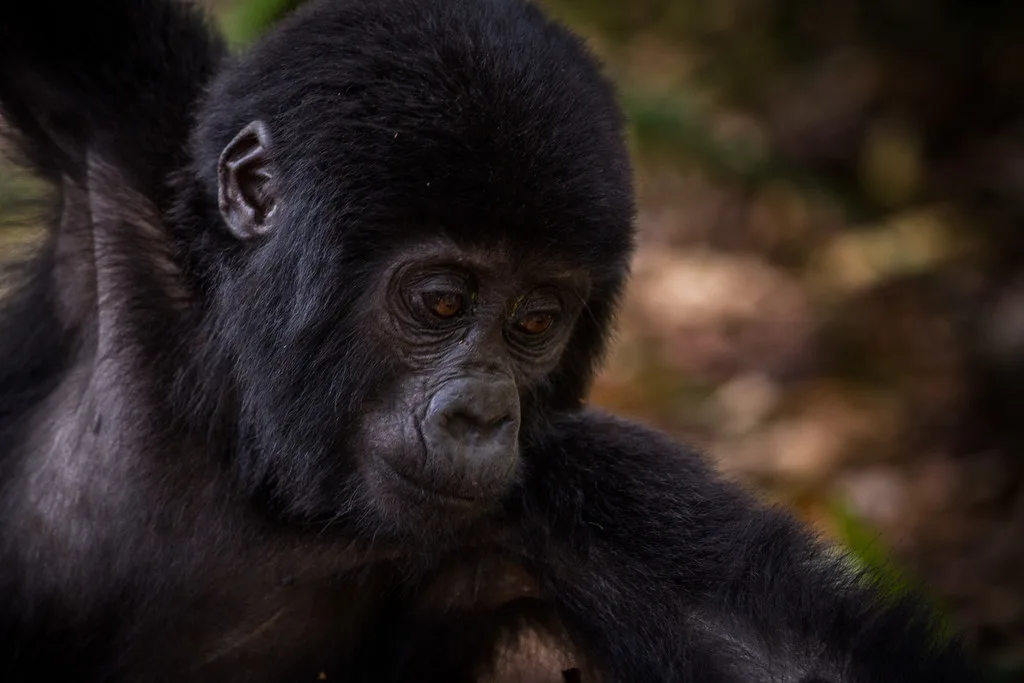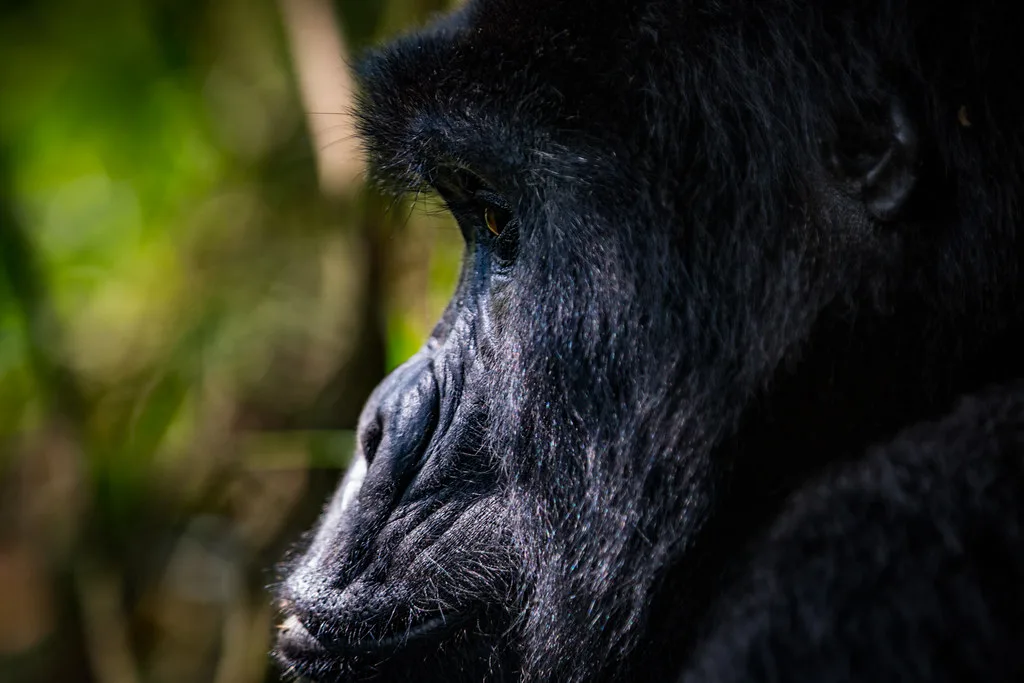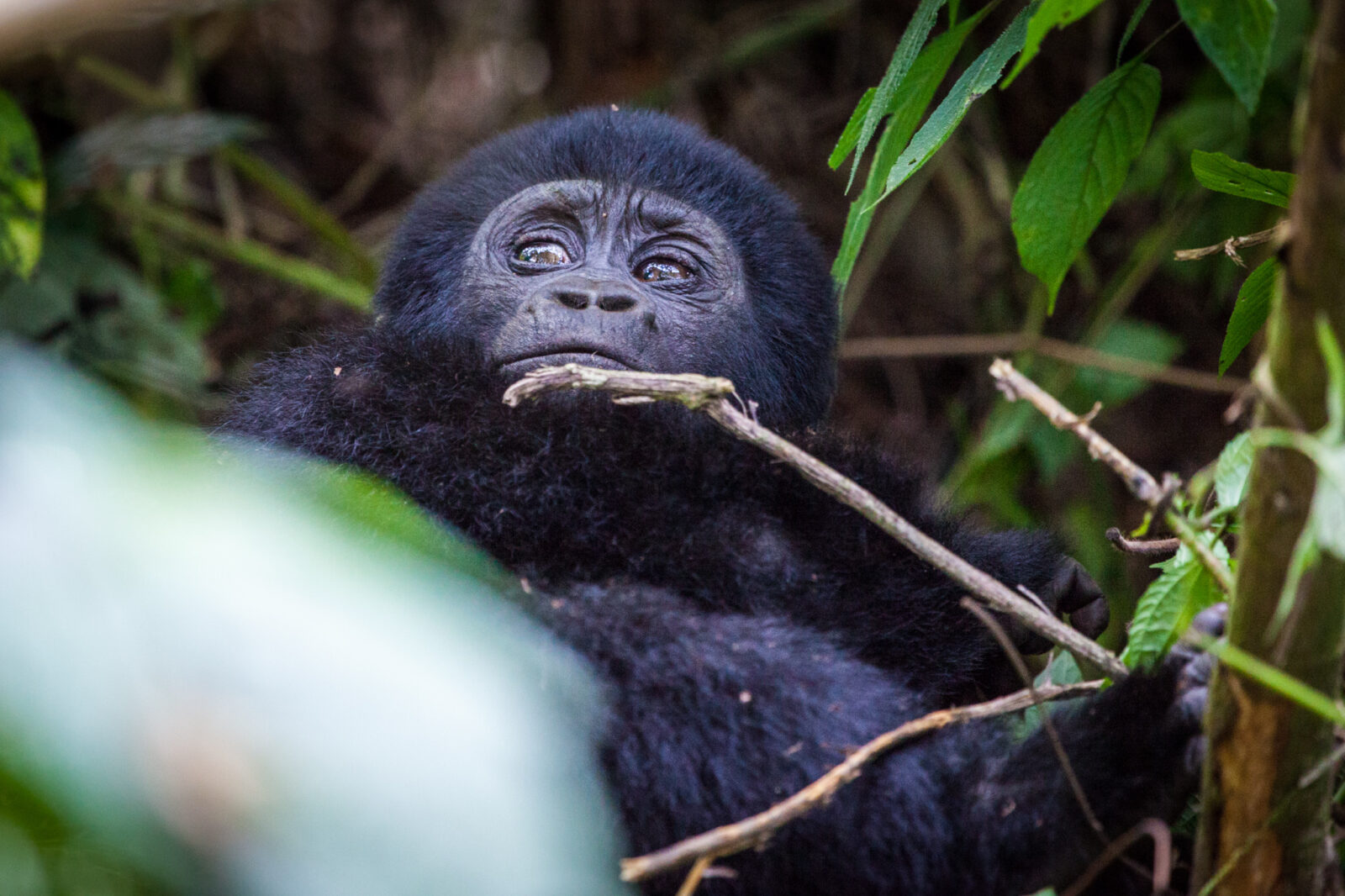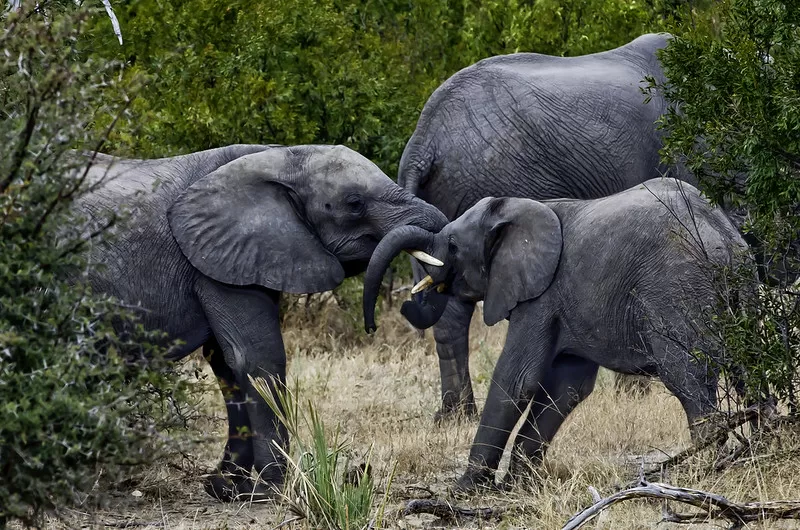The oldest gorilla group leader, Kanyonyi dies. – Gorilla trekking – Gorilla Conservation – Gorilla habituation – Uganda- Rwanda
The oldest gorilla group leader. Mountain gorillas’ conservation is at the forefront of many conservation initiatives in both Uganda and Rwanda. This is so because, mountain gorillas are among the world’s most endangered species. There are only about 800 remaining mountain Gorillas globally, and all of them left in the Greater Virunga region comprising of Uganda, Rwanda and Congo, with Uganda accounting for more than half of the number of all the remaining population of these amazing giants.
After the death of Kanyonyi, leader of the oldest gorilla group in Bwindi Impenetrable National Park (BINP) in Uganda the need for the conservation of the mountain gorillas become stronger.
Kanyonyi was the leader of the Mubare mountain gorilla family and died after a brutal fight with a lone wild silverback, only identified as Malaya. Born on November 1, 1996 to Ruhondeza and Kashongo, Kanyonyi passed on at the age of only 21 years. During the same fight, one of his offspring was also brutally torn into pieces, dying instantly.

Dr Gladys Kalema Zikusoka, one of Uganda’s biggest conservationists, the Chief Executive director of Conservation Though Public Health, an organization focused at the conservation of this gentle giants says the death Kanyonyi was such a very unfortunate event.
In her message, Dr Gladys said “Kanyonyi first fell off a tree while harvesting fruits for the family, and while he was recovering after treatment, a lone silverback fought with him because he wanted to take over his group. Kanyonyi in his weakened state was not able to put up a good fight, and sustained many injuries, which though they were healing, left him weaker than usual. When I last visited Kanyonyi he was eating quite well, but still limping and walking slowly, with one adult female gorilla, Karungyi and her baby keeping close by his side”.
Fighting amongst free-ranging gorillas for family leadership is considered part of their normal behavior patterns and enables natural group succession. The death of Kanyonyi therefore came as a result of injuries sustained during the fight with Malaya. “Conservation through Public Health participated in the post mortem, which confirmed the major cause of his death to be an infection in the hip joint after the fall. I have known Kanyonyi since he was born 21 years ago”, says Dr Gladys.
Kanyonyi, was a playful young silverback who liked interacting with human visitors. Over the past five years, Kanyonyi kept the Mubare gorilla group together and enabled it to grow through attracting many females to the family.
When the Gorilla Conservation Coffee social enterprise started in 2015 to support farmers living around Bwindi, a decision was made to name the first coffee blend after Kanyonyi who symbolized the gorilla conservation efforts in Bwindi Impenetrable National Park since tourism began in 1993.
The death of Kanyonyi was and still is a big blow to the Mubare family. The death robbed the country of a formidable gorilla group leader that was the backbone of tourism and gorilla tracking in Uganda. The group was on the verge of disintegration when Kanyonyi took over and brought in more members by attracting more females.
According to Uganda Wildlife Authority, it is not clear what the next step will be because it is very difficult to determine the group dynamics. “The group does not have a ranking male to take on the custodian of the group. However, we also know that there is a wild lone gorilla, Malaya that managed to beat up Kanyonyi and his father, so we hope that gorilla Malaya that is marauding in the forest will take on the reigns. It is still too early to tell, but our rangers are monitoring our rangers are day and night trying to monitor the movements, health and try to see if they will still remain in clusters or disintegrate”, he said.

The history of Mubare Group
Mubare was the first gorilla group to be habituated for tourism in Bwindi Impenetrable National Park beginning in 1991, and following a two-year habituation period the group was officially opened for tourism in 1993 with 12 group members. The group leader at the time of habituation was Ruhondeza who fathered Kanyonyi. In August 1994, Ruhondeza staged one of his major battles in which he recruited six new family members believed to be remnants of the then Katendegyere gorilla family which disintegrated into the DR Congo later in early 1998. Some of Ruhondeza’s unique characters included practice of infanticide of his own male offspring. By the time of Kanyonyi’s birth, about five male baby gorillas born in the Mubare group had been murdered by Ruhondeza.
The birth of Kanyonyi
Ruhondeza was almost 24 years old when he sired Kanyonyi and he demystified the former belief in his infanticide character by allowing Kanyonyi and his male siblings including Muyambi, to live up to maturity. By 2011, Ruhondeza could no longer manage to stage major battles – as he had further advanced in age and some of his group members had to disperse while others succumbed to natural death, reducing the group size to only three members. Ruhondeza died on June 26, 2012 when he was 39 years old.
The oldest gorilla group leader
Kanyonyi’s leadership.
The death of Ruhondeza marked the onset of an era for an enthusiastic young man, ready to demonstrate that he too can lead at a youthful age of just 16 years. Among the few remaining family members were one of Kanyonyi’s sisters (Malaika/Angel) and his only brother (Muyambi/Helper). Beginning October 2012, Kanyonyi, in the company of his younger brother Muyambi embarked on a mission to restore the lost glory of their father’s family through recruitment of new members, and by November 2013 Kanyonyi had recruited three members from the wild into his family thereby increasing the family size to six. He continued to pursue more members and by January 2014 he had five more members, two from Habinyanja and three from Rushegura bringing the numbers to eleven members. During his short tenure, Kanyonyi sired eight infants from eight different females in his group but only four are still alive as the other four died in infancy.
The death of Kanyonyi leaves many conservations organization with questions of what exactly should be done for the multiplication of more gorillas and protection of those that already exist.
Contact us for any more inquiries about gorilla trekking in Uganda and Rwanda



